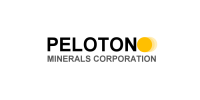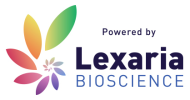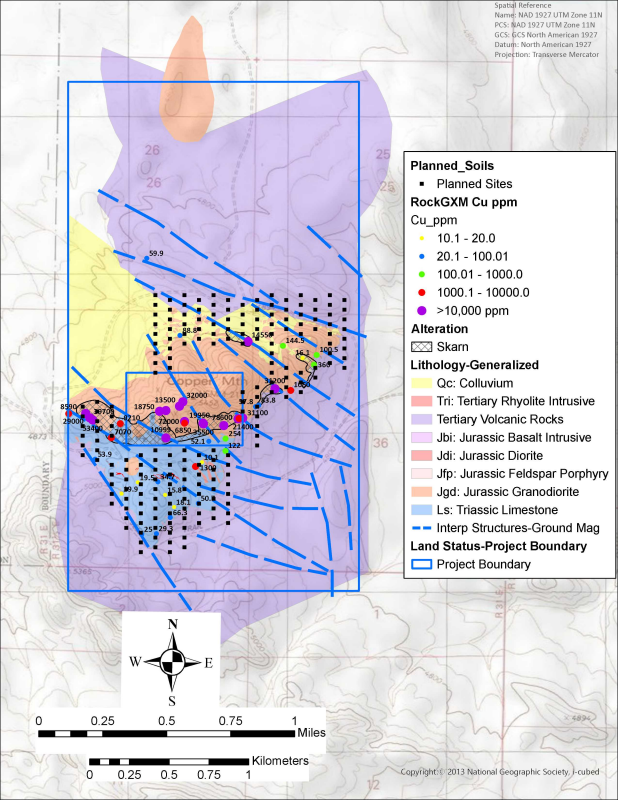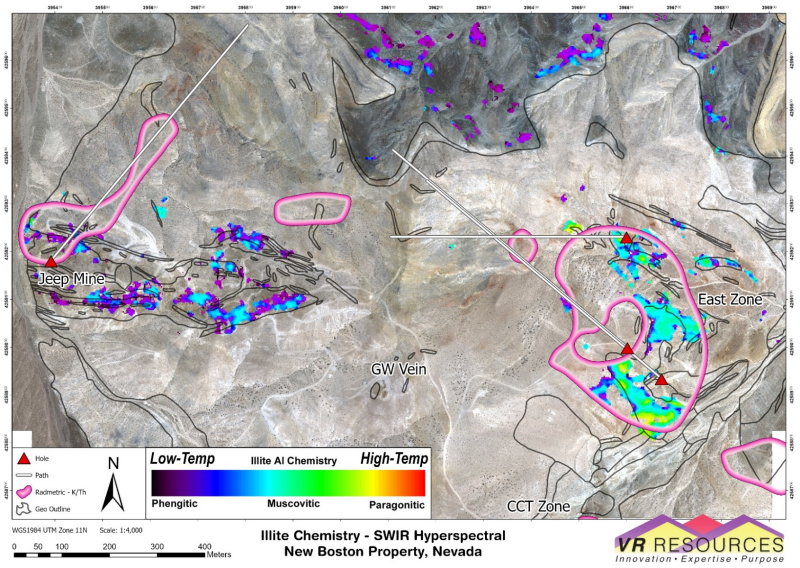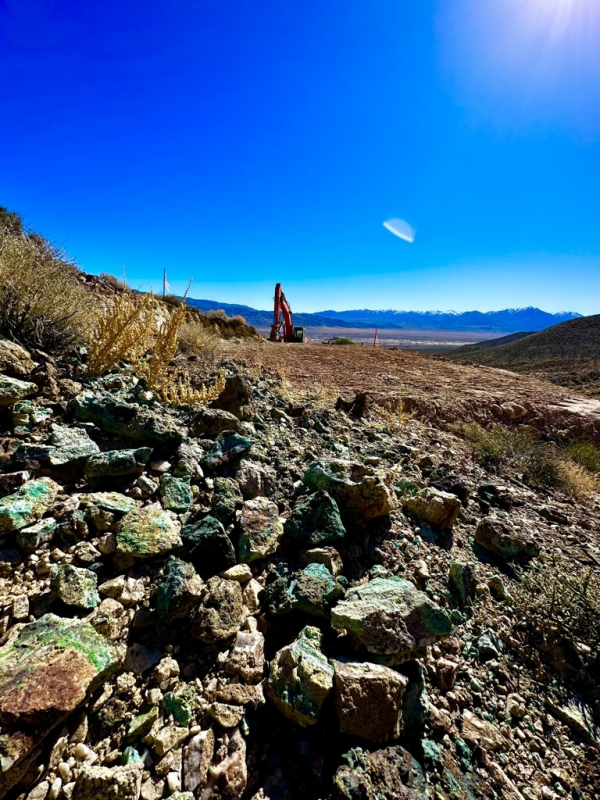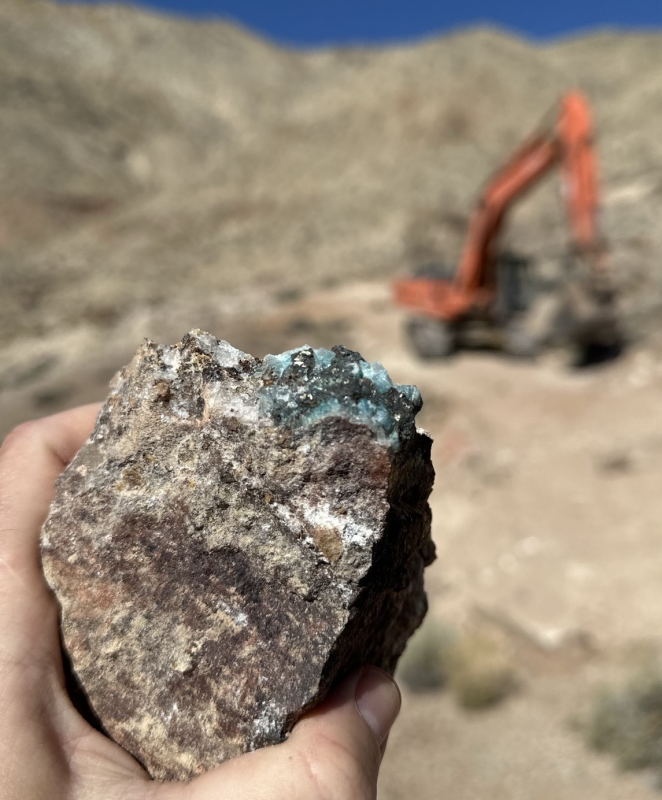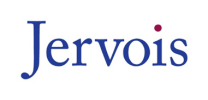(via TheNewswire)
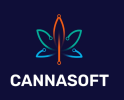 |
|||||||||
Vancouver, British Columbia (April 2, 2024) – TheNewswire – BYND Cannasoft Enterprises Inc. (Nasdaq: BCAN) (“BYND” or the “Company“), has released its financial results for year ended December 31, 2023. Full versions of BYND’s audited consolidated financial statements and management discussion and analysis for the period, can be found on www.sedarplus.ca
2023 Year-End Financial Highlights:
-
Revenue decreased 4% to $1,076,861 for the year ended December 31, 2023 from $1,123,072 for the same period in 2022.
-
Gross Profit decreased to 37% for the year ended December 31, 2023 from 55% for the same period in 2022.
-
Net loss increased 1,011% to $18,495,121 for the year ended December 31, 2023 from $1,664,684 for the same period in 2022.
-
Working capital decreased to 2,441,703 for December 31, 2023 from $2,987,975 for December 31,2022.
-
Total assets decreased to $36,801,368 for December 31, 2023 from $49,903,208 for December 31,2022.
-
Total shares outstanding as of December 31, 2023 were 42,553,166 (223,964 post reverse split).
Summary of Quarterly Comparison of Revenue, Gross Profit and Net Loss
|
Q4 2023 |
Q3 2023 |
Q2 2023 |
Q1 2023 |
Q4 2022 |
Q3 2022 |
Q2 2022 |
|
|
Revenue |
205,121 |
202,058 |
251,047 |
$420,635 |
$232,186 |
$227,954 |
$207,653 |
|
Gross Profit (Loss) |
(56,711) |
72,085 |
66,239 |
$316,943 |
$96,938 |
$126,866 |
$37,657 |
|
Net Loss |
(15,167,579)* |
(1,439,785) |
(1,147,324) |
$(740,433) |
$(700,222) |
$(325,793) |
$(473,386) |
*Includes impairments of intangible assets and asset under construction in the amount of $13,142,481.
Mr. Yftah Ben Yaackov, BYND’s CEO noted that “Despite the fact that the company went through a difficult year, starting with changes in the core areas of its activities in Israel and ending with the difficult war in Gaza, we were able to raise significant funds that will allow us to further develop the strategic change we are working on, the goal of which is penetration into the global FemTech market through the EZ-G device that will be launched this year to the public and through other devices in the field of wellness based on our technology-based patent pending smart delivery system. We believe that we have the knowledge and technology required to bring to the market high-quality products that will make a significant difference.”
About BYND Cannasoft Enterprises Inc.
BYND Cannasoft Enterprises is an Israeli-based integrated software and cannabis company. BYND Cannasoft owns and markets “Benefit CRM,” a proprietary customer relationship management (CRM) software product enabling small and medium?sized businesses to optimize their day?to?day business activities such as sales management, personnel management, marketing, call center activities, and asset management. Building on our 20 years of experience in CRM software, BYND Cannasoft is developing an innovative new CRM platform to serve the needs of the medical cannabis industry by making it a more organized, accessible, and price-transparent market. The Cannabis CRM System will include a Job Management (BENEFIT) and a module system (CANNASOFT) for managing farms and greenhouses with varied crops.
BYND Cannasoft owns the patent-pending intellectual property for the EZ-G device. This therapeutic device uses proprietary software to regulate the flow of low concentrations of CBD oil, hemp seed oil, and other natural oils into the soft tissues of the female reproductive system to potentially treat a wide variety of women’s health issues. The EZ-G device includes technological advancements as a sex toy with a more realistic experience and the prototype utilizes sensors to determine what enhances the users’ pleasure. The user can control the device through a Bluetooth app installed on a smartphone or other portable device. The data will be transmitted and received from the device to and from the secure cloud using artificial intelligence (AI). The data is combined with other antonymic user preferences to improve its operation by increasing sexual satisfaction. Commercialization of the EZ-G device is subject to receipt of regulatory approvals.
For further information please refer to information available on the Company’s website: www.cannasoft-crm.com, and on SEDAR+: www.sedarplus.ca.
Gabi Kabazo
Chief Financial Officer
Tel: (604) 833-6820
e?mail: [email protected]
Cautionary Note Regarding Forward-Looking Statements
This press release includes certain statements that may be deemed “forward-looking statements” within the meaning of Section 27A of the U.S. Securities Act of 1933, as amended, and Section 21E of the U.S. Securities Exchange Act of 1934, as amended and under Canadian securities laws. When used in this press release, the words “may”, “would”, “could”, “will”, “intend”, “plan”, “anticipate”, “believe”, “estimate”, “expect” and similar expressions are intended to identify forward?looking statements. Such statements are subject to certain risks and uncertainties, and actual circumstances, events or results may differ materially from those projected in such forward-looking statements.
Although the Company believes the expectations expressed in such forward-looking statements are based on reasonable assumptions, such statements are not guarantees of future performance, and actual events or developments may differ materially from those in forward-looking statements. Such forward-looking statements necessarily involve known and unknown risks and uncertainties, which may cause the Company’s actual performance and financial results in future periods to differ materially from any projections of future performance or results expressed or implied by such forward-looking statements. Such statements reflect the Company’s current views with respect to future events and are subject to such risks and uncertainties. Many factors could cause actual results to differ materially from the statements made, including future financial performance, unanticipated regulatory requests and delays, final patents approval, and those factors discussed in filings made by the company with the Canadian securities regulatory authorities, including (without limitation) in the company’s management’s discussion and analysis for the year ended December 31, 2023 and annual information form dated April 2, 2024, which are available under the company’s profile at www.sedarplus.ca, and in the Company’s Annual Report on Form 20-F for the year then ended that was filed with the U.S. Securities and Exchange Commission on April 2, 2024. Should one or more of these factors occur, or should assumptions underlying the forward-looking statements prove incorrect, actual results may vary materially from those described herein as intended, planned, anticipated, or expected. We do not intend and do not assume any obligation to update these forward?looking statements, except as required by law. Any such forward-looking statements represent management’s estimates as of the date of this press release. While we may elect to update such forward-looking statements at some point in the future, we disclaim any obligation to do so, even if subsequent events cause our views to change. Shareholders are cautioned not to put undue reliance on such forward?looking statements.
Copyright (c) 2024 TheNewswire – All rights reserved.
COMTEX_450251016/2895/2024-04-02T20:30:18
